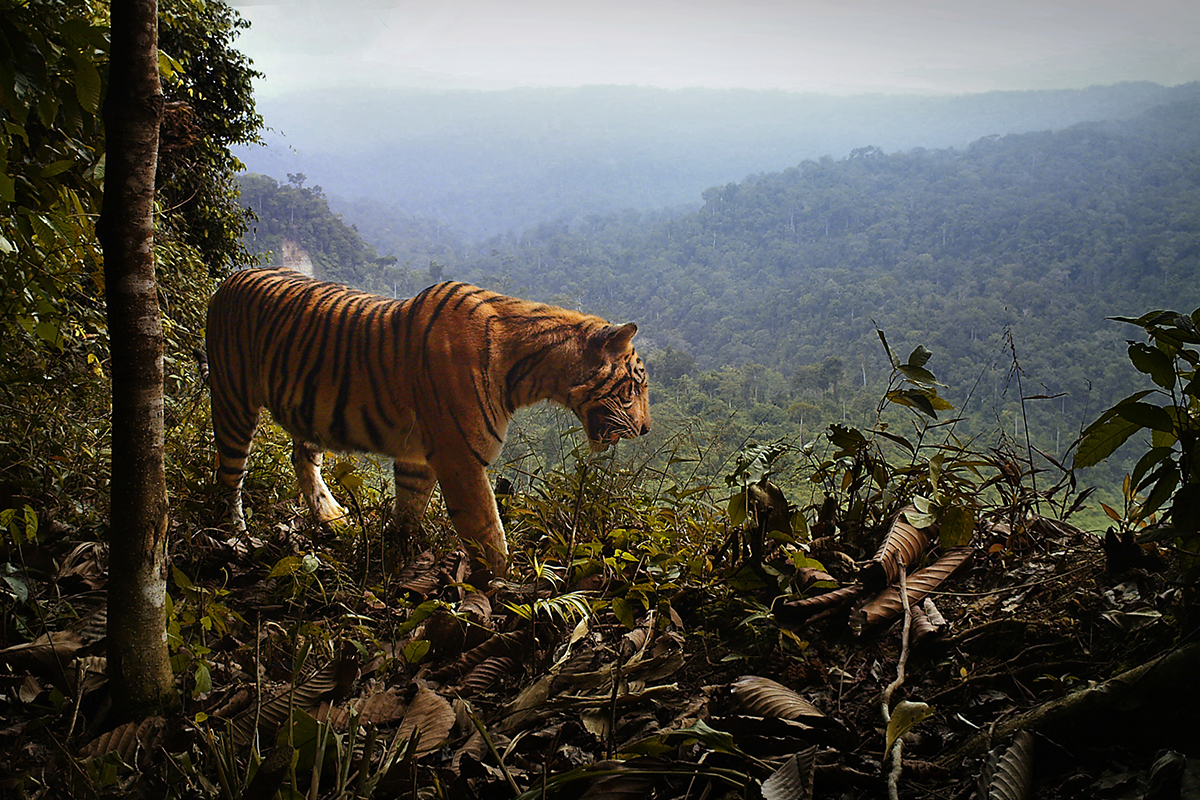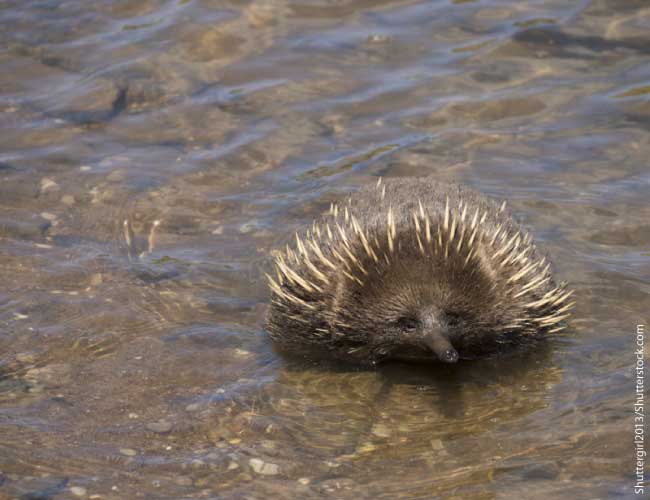| Getting my child interested in nature. |
| Posted by: Nature Lover - 07-29-2019, 02:31 AM - Forum: Miscellaneous - Replies (2) |
| What is Your Dream Job in field of Wildlife ? |
| Posted by: sanjay - 07-28-2019, 07:08 AM - Forum: Organizations, Volunteering & Jobs - Replies (1) |
| Carnivorous dinosaurs other than the famous t-rex and spinosaurus.. |
| Posted by: Spalea - 07-20-2019, 12:55 AM - Forum: Dinosaurs - Replies (230) |
| Comments thread for "The Bornean Tiger: Fact or Fiction?" | ||||
| Posted by: BorneanTiger - 07-14-2019, 11:26 AM - Forum: Pleistocene Big Cats - Replies (14) | ||||
|
||||
| Daeodon shoshonensis |
| Posted by: epaiva - 06-30-2019, 05:14 AM - Forum: Prehistoric animals - Replies (6) |
| big cat vocalization | ||||
| Posted by: Pantherinae - 06-26-2019, 07:27 PM - Forum: Wild Cats - Replies (35) | ||||
|
||||
|
|
| Posted by: animalfan6 - 06-26-2019, 02:39 AM - Forum: Herbivores Animals - Replies (1) |
| ASK TILIGER | ||||
| Posted by: P.T.Sondaica - 06-25-2019, 07:19 PM - Forum: Questions - Replies (7) | ||||
|
||||
| Your Wildlife experience in the Pantanal, Brazil. |
| Posted by: Pckts - 06-25-2019, 01:15 AM - Forum: Vacations and Holidays - Replies (43) |
|
|
| Posted by: animalfan6 - 06-24-2019, 11:23 PM - Forum: Terrestrial Wild Animals - Replies (1) |
| Welcome, Guest |
|
You have to register before you can post on our site. |
| Search Forums |
|
(Advanced Search) |
| Forum Statistics |
|
» Members: 2,989 » Latest member: saiful281224 » Forum threads: 1,232 » Forum posts: 184,074 Full Statistics |
| Online Users |
|
There are currently 383 online users. » 4 Member(s) | 379 Guest(s) sik94, sunless |
| Latest Threads |
|
Ximhungwe pride: past and...
Last Post: |
|
Kambula/Ntsevu Pride
Last Post: |
|
Lions of Sabi Sands
Last Post: |
|
Birmingham Pride of lions
Last Post: |
|
Coalitions of Kruger Nati...
Last Post: |
|
Styx Pride
Last Post: |
|
Great white shark (Carcha...
Last Post: |
|
Matimba Coalition Male Li...
Last Post: |
|
ON THE EDGE OF EXTINCTION...
Last Post: |
|
Lions of Manyeleti
Last Post: |
|
Shishangaan Male Lions
Last Post: |
|
Lions from Botswana
Last Post: |
|
Lions of Timbavati
Last Post: |
|
N'waswitshaka males
Last Post: |
|
Avoca Male Lions and Thei...
Last Post: |


 )
)









